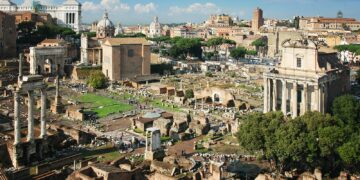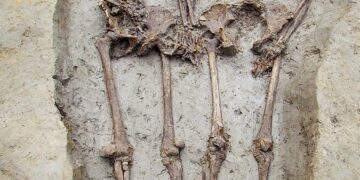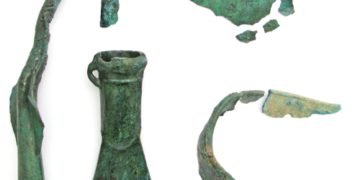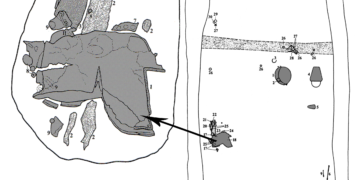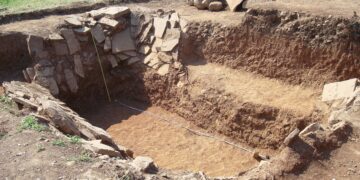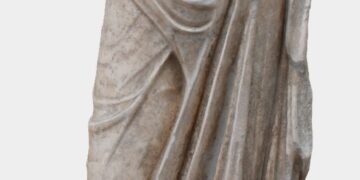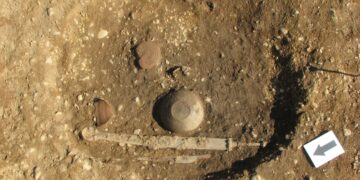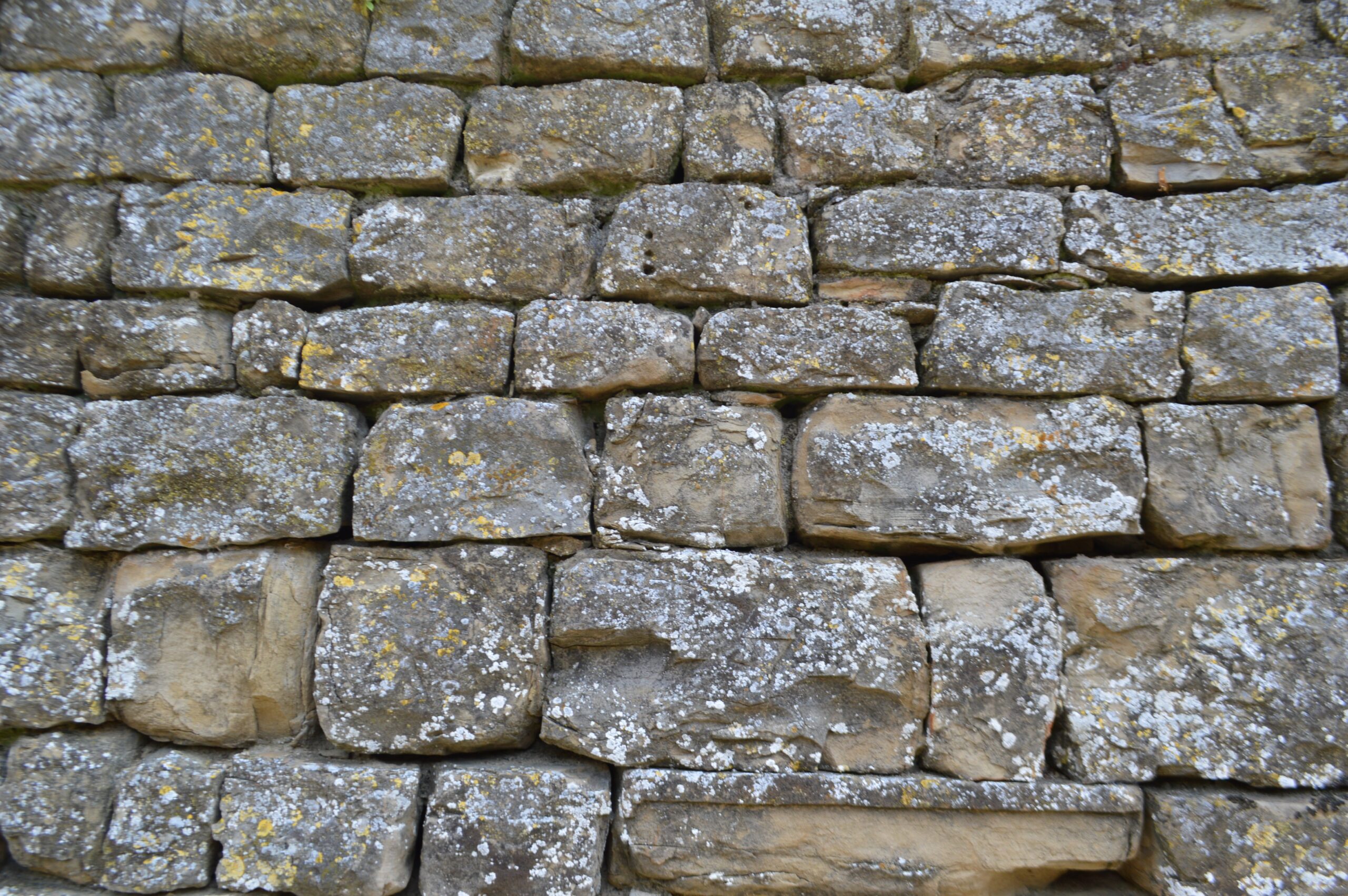Today we realise that city walls do not represent only emergency responses to unstable political circumstances and imminent threat. Moreover, their imposing dimensions and the extraordinary care with which they were assembled indicate that they were conceived as ostentatious and visually striking public monuments. They were monumental statements about power and patronage and political legitimacy – to be sure; they were also an effective means of defence.
In periods of increasing economic and political instability, the walls became illustrations of processes within the urban structures. Sometimes older buildings were subsequently despoiled – this did not indicate a wholesale urban collapse, but the grand public buildings acquired a new economic and symbolic role. We can observe in such actions the reflections of conscious attempts to re-appropriate the legacy of the past, to create a new and utilitarian role for the monuments of antiquity.










